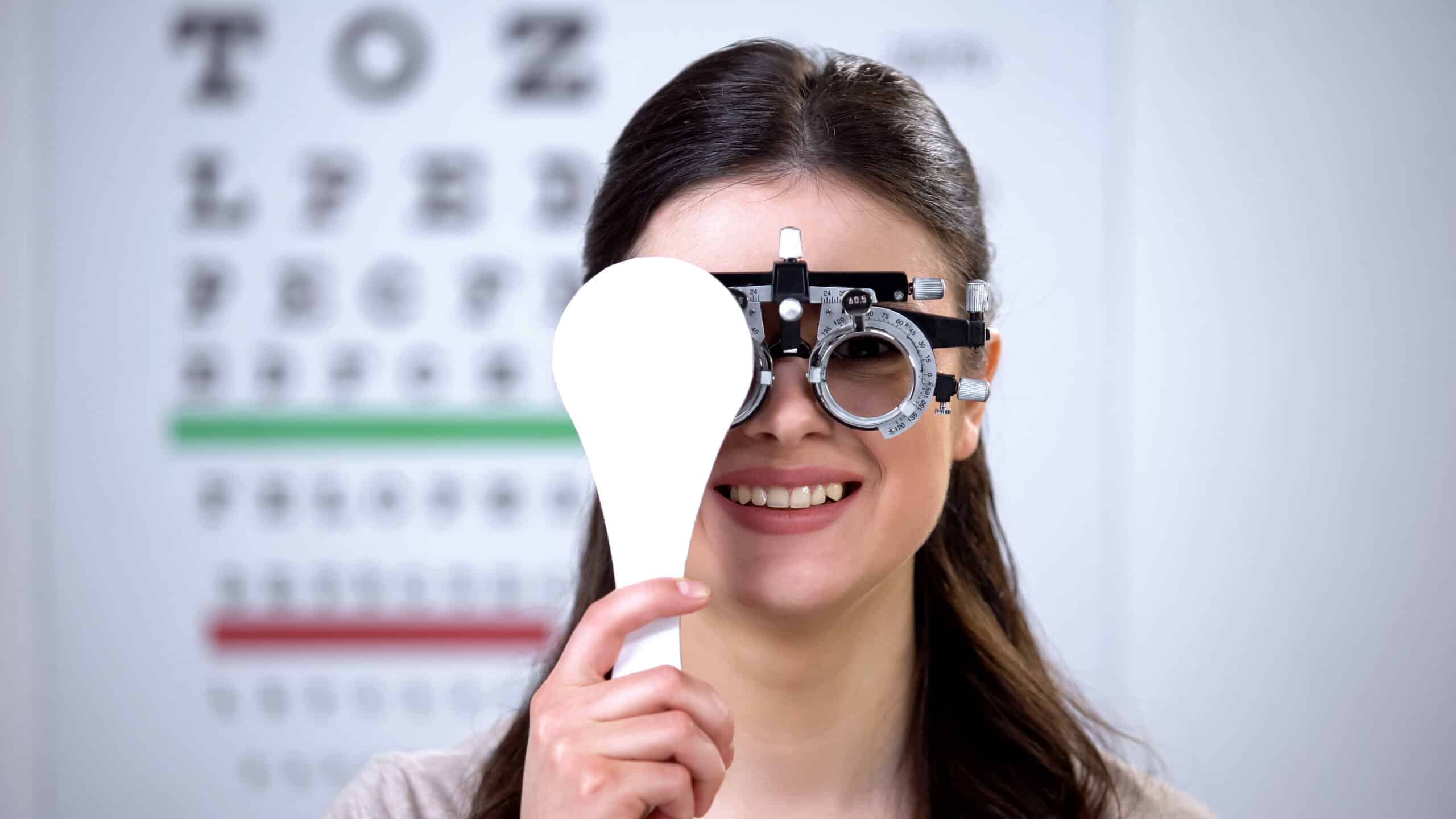Sadly, not everyone can get prescription eyewear when they need it. Some cannot afford an eye consultation and glasses, while others live in rural areas with no ophthalmological
clinics nearby. Fortunately, a few things make prescription eyewear more accessible for these people and others who cannot obtain them. Keep reading to find out about some of them.
Government-initiated eye care programs
Part of the government’s responsibility is to provide health programs and support to benefit the public—and this includes offering eye health initiatives. The National Eye Institute lists a handful of free and low-cost eye care programs for people of all ages and backgrounds.
One is VSP Eyes of Hope, which provides free eye care and eyeglasses to children and adults with limited income and no health insurance. Another is New Eyes. Also known as Eyes for the Needy, this program provides prescription eyeglasses to people who cannot afford them. A social worker or community health center employee can help interested applicants complete the process of requesting eyeglasses. With such initiatives, more people can receive proper eyewear.
Online eyewear consultations and purchase options
As discussed above, there may be people from rural areas who cannot get prescription glasses due to the lack of clinics. Additionally, others cannot leave their homes due to mobility issues or if they are caring for a loved one.
Luckily, many eyewear distributors make acquiring eyewear easier by offering online consultations. Take Glasses.com, which allows its customers to virtually connect with a trained optician to get expert advice, ask questions, and find the perfect eyewear for their needs before they buy glasses online. This retailer also offers free shipping and returns, so customers don’t have to leave their homes. Overall, brands like these make prescription eyewear more accessible to people unable to go to physical clinics or stores.
Eyewear stores accepting HSA and FSA
Health savings accounts (HSAs) and flexible spending accounts (FSAs) allow people to set aside funds before they are taxed to pay for their healthcare needs. This increases the money they have on hand to pay for selected costs, including eyewear.
Not all eyewear stores accept HSA and FSA, but many are beginning to do so in a bid to make prescription glasses more accessible. Zenni Optical is one eyewear brand that already offers low-cost eyewear, and they also accept HSA and FSA money to pay for eye exams and a pair of glasses. These offerings are part of their mission to meet the global demand for eyeglasses and deliver stylish and affordable prescription eyewear to more people. If more brands begin to accept HSA and FSA, more people can acquire the proper eyewear.
Vision insurance providers
Not all health insurance includes vision coverage for adults. Thus, vision insurance can be added as a premium to an existing health insurance plan. Typically, it can partially or fully cover the cost of annual eye exams, glass lenses, frames, and contact lenses. However, people should note that it may only cover the basics, such as simple frame designs, so they must pay extra if they want premium designs and additional lens features.
Still, vision insurance allows more people to access prescription eyewear. When more people become aware of this and add it to their health insurance plan, they can guarantee coverage for the cost of their eyeglasses.
Many people need prescription glasses, although not all can afford or access them. Thankfully, the programs and initiatives discussed above increase the accessibility of eyewear, ultimately improving eye health and safety among populations.
For more health news and information, do visit the rest of Worldhealth.net.




